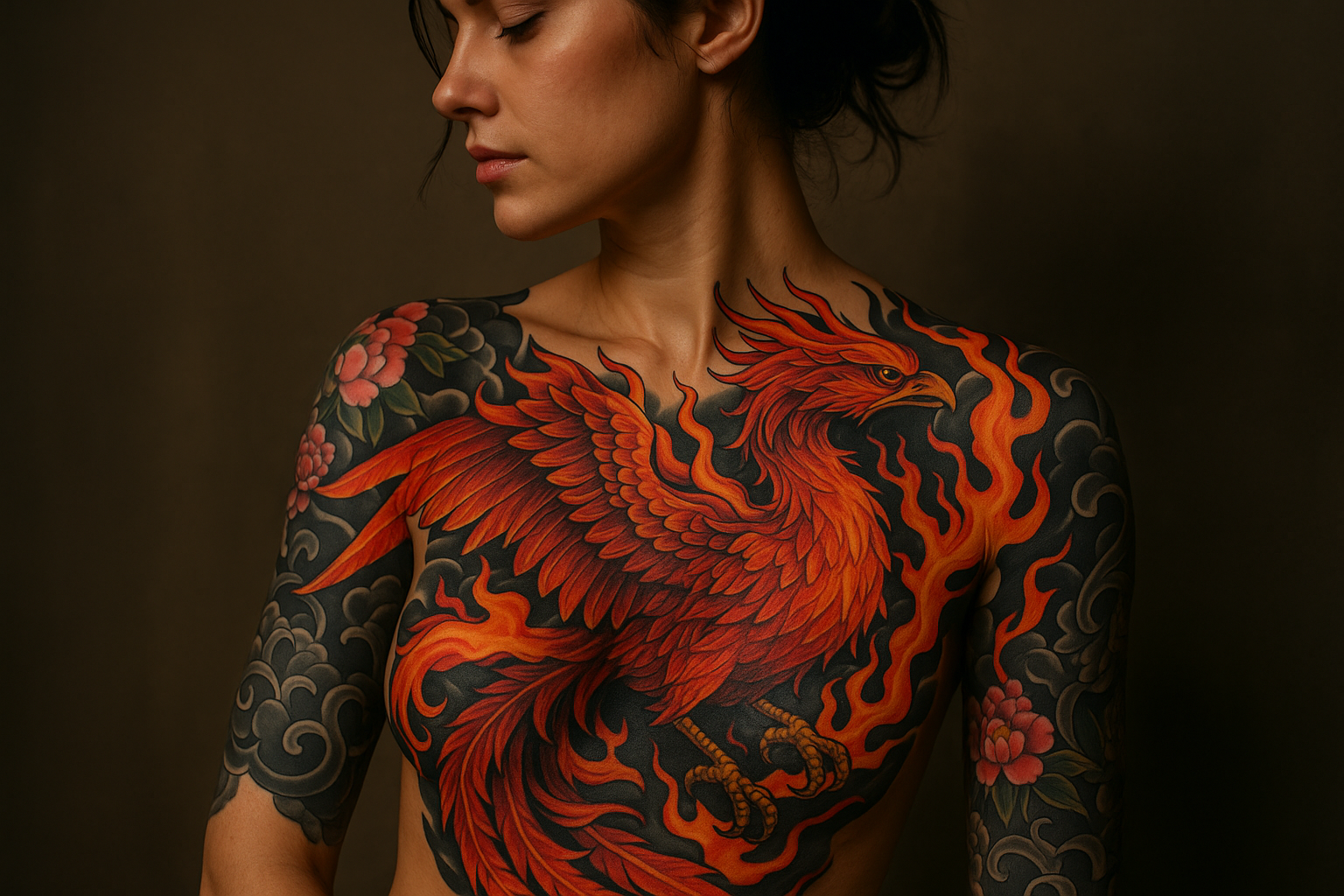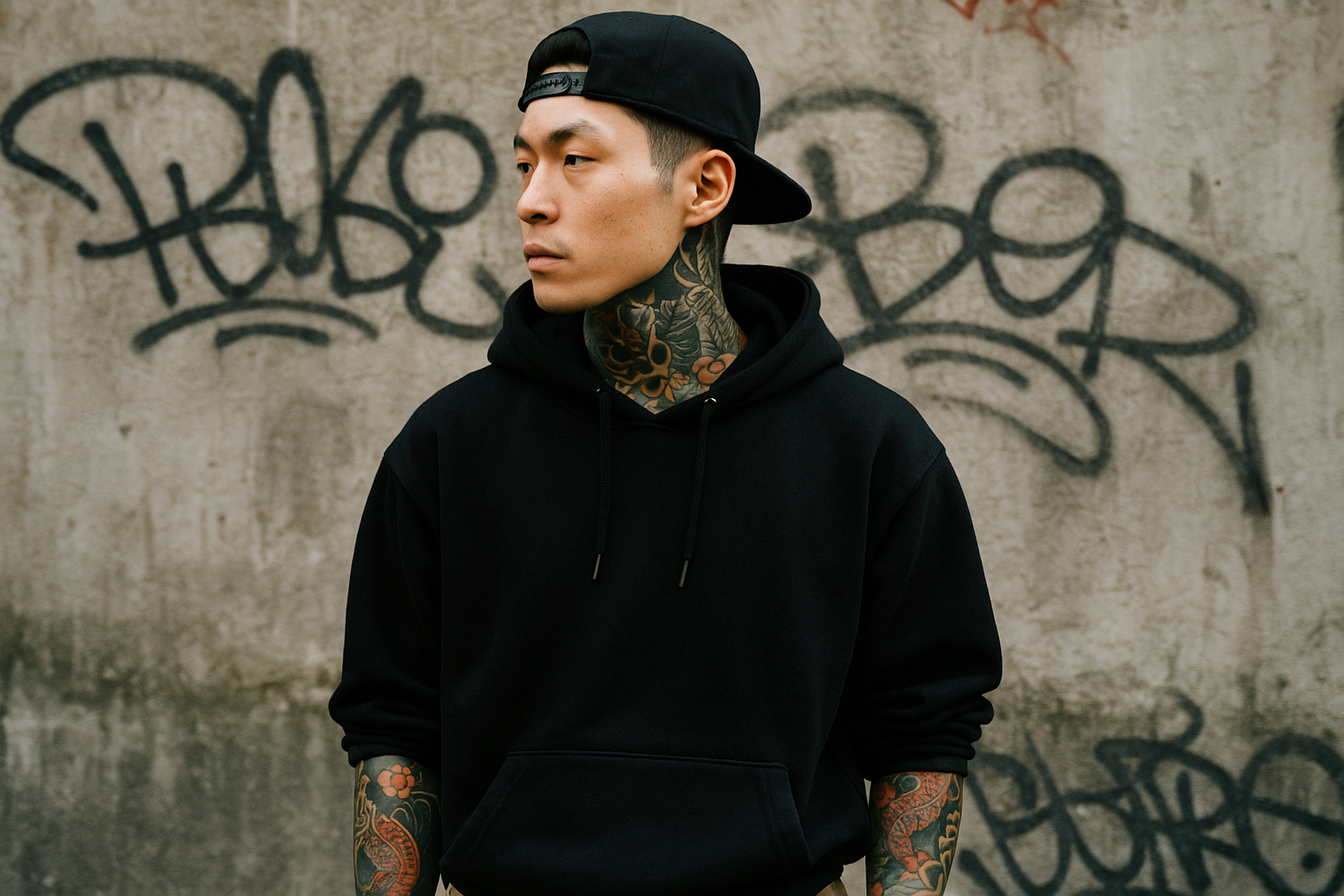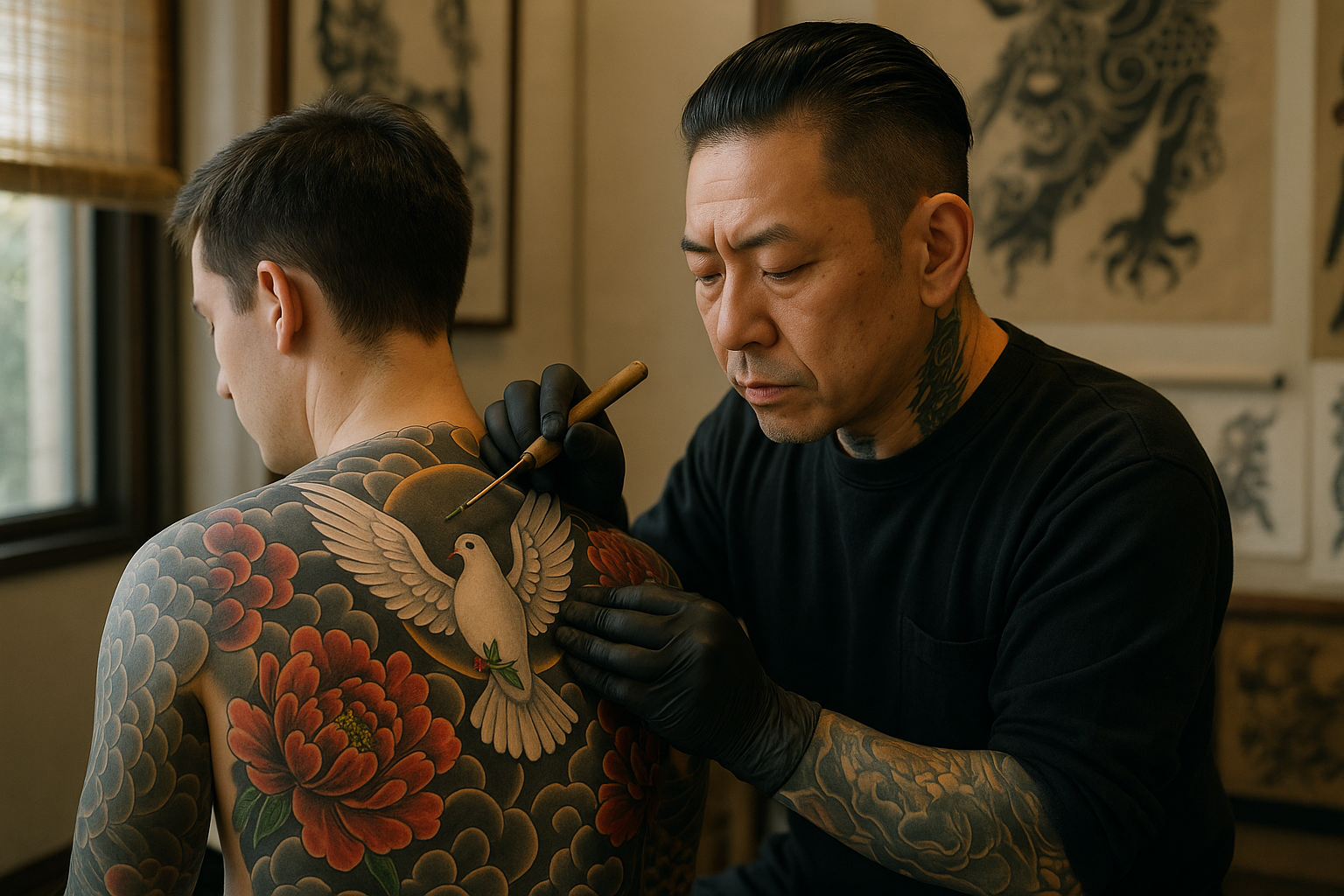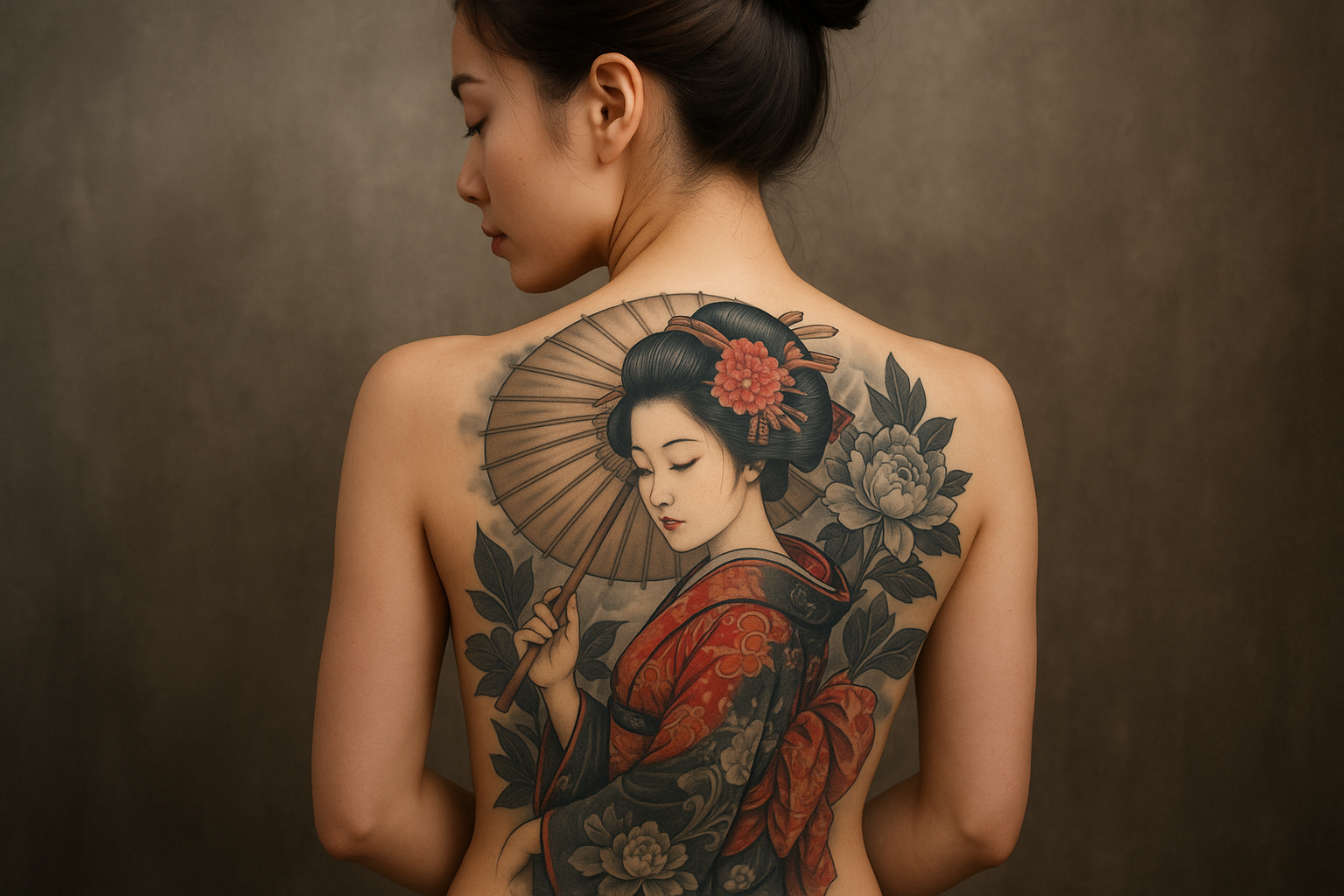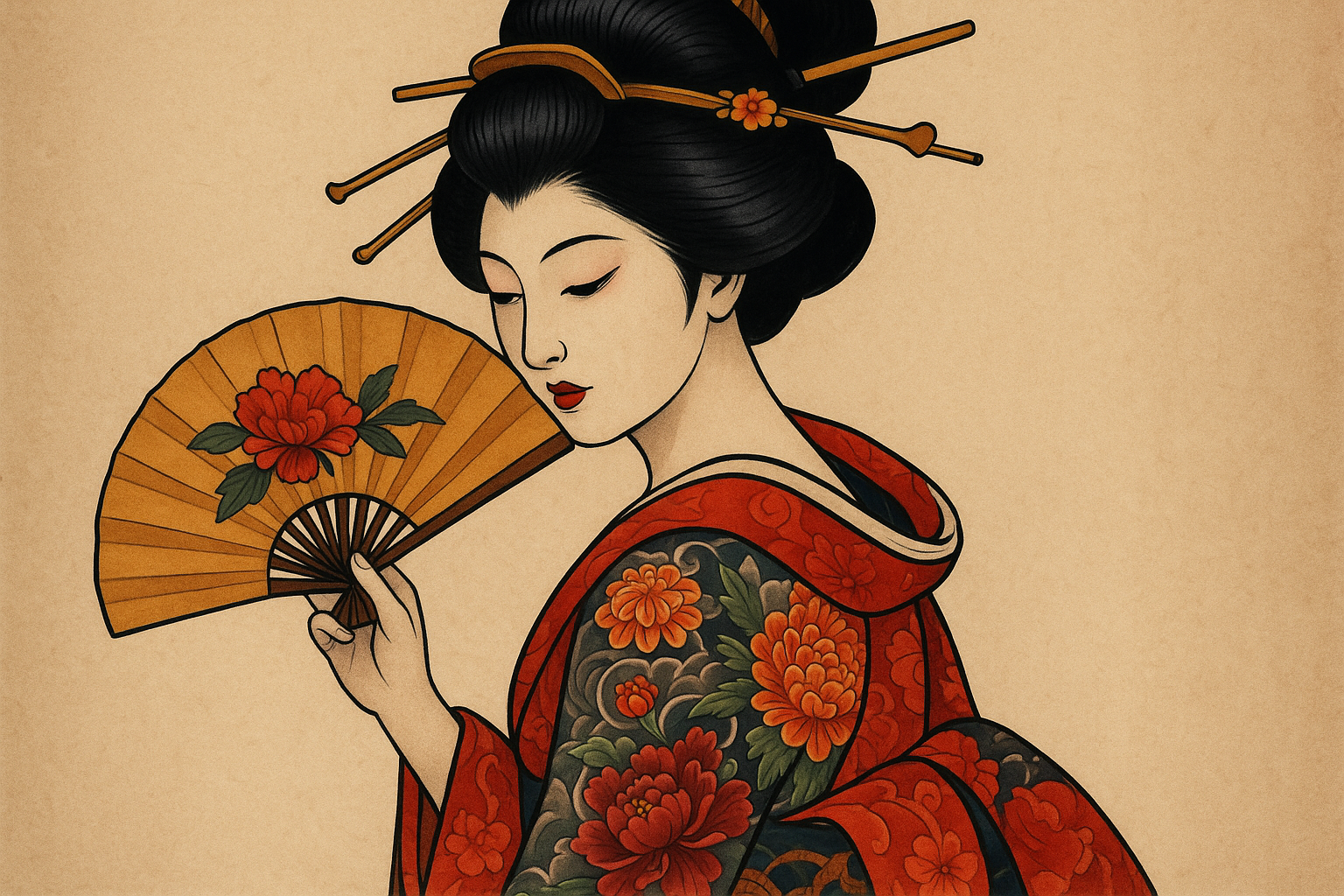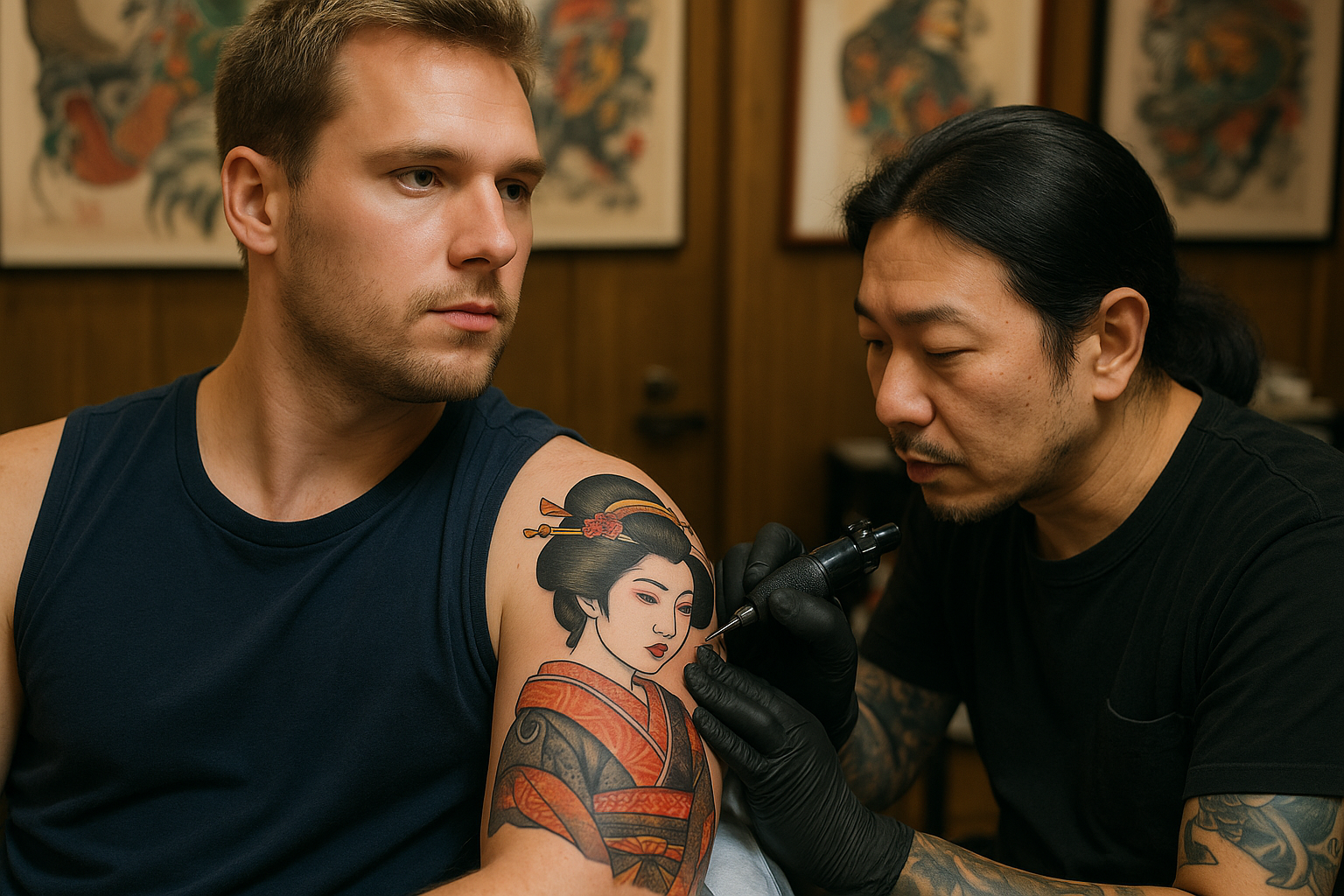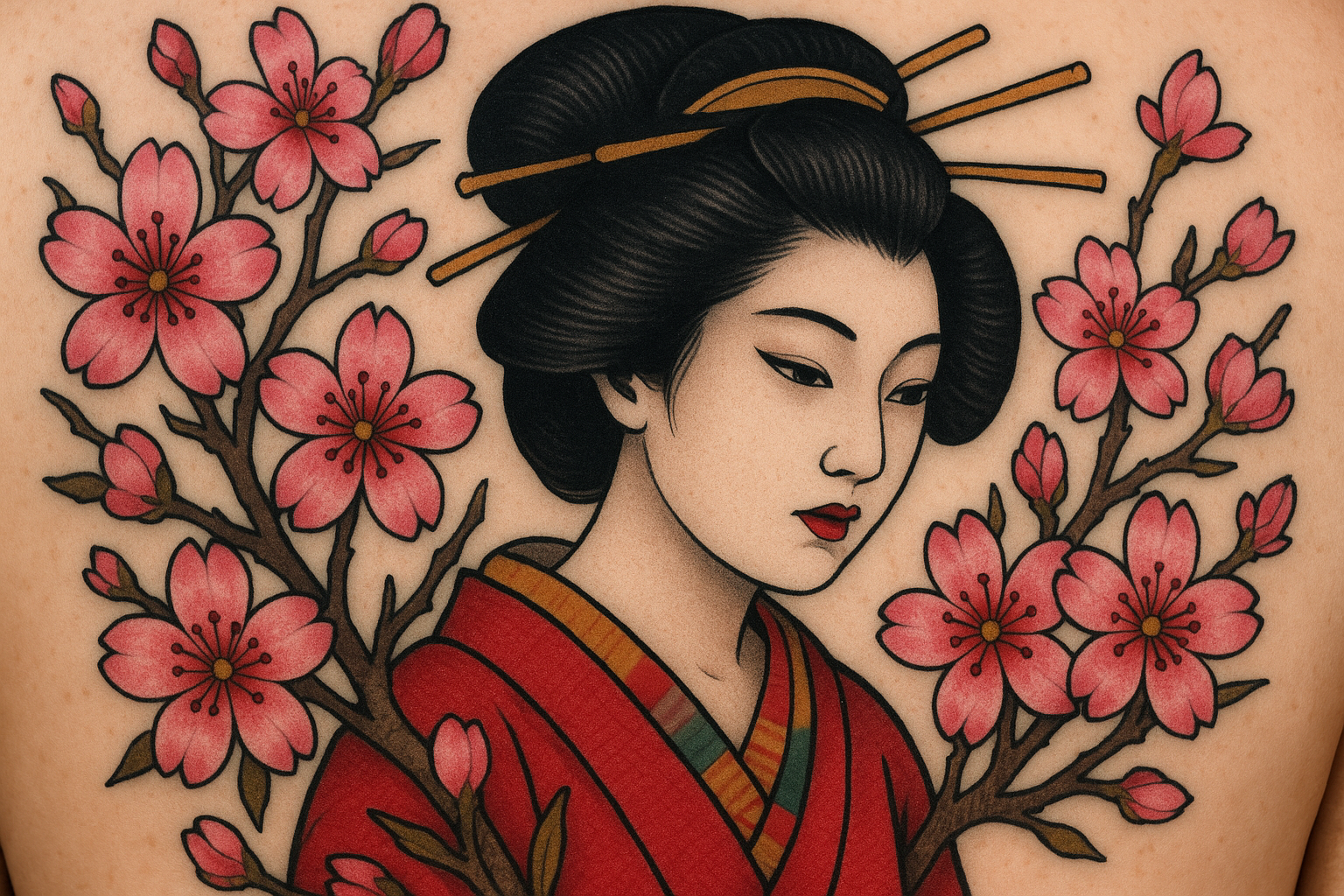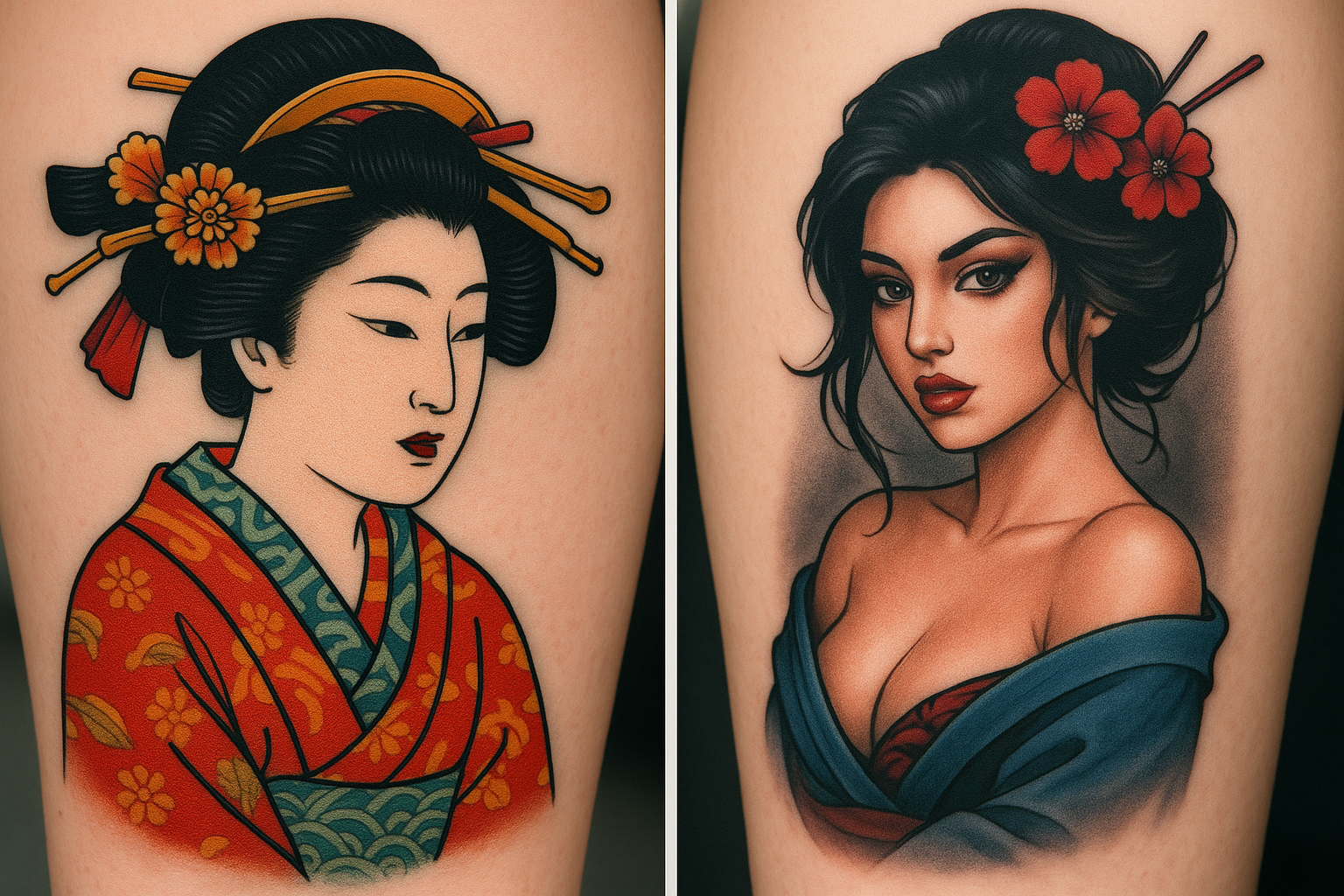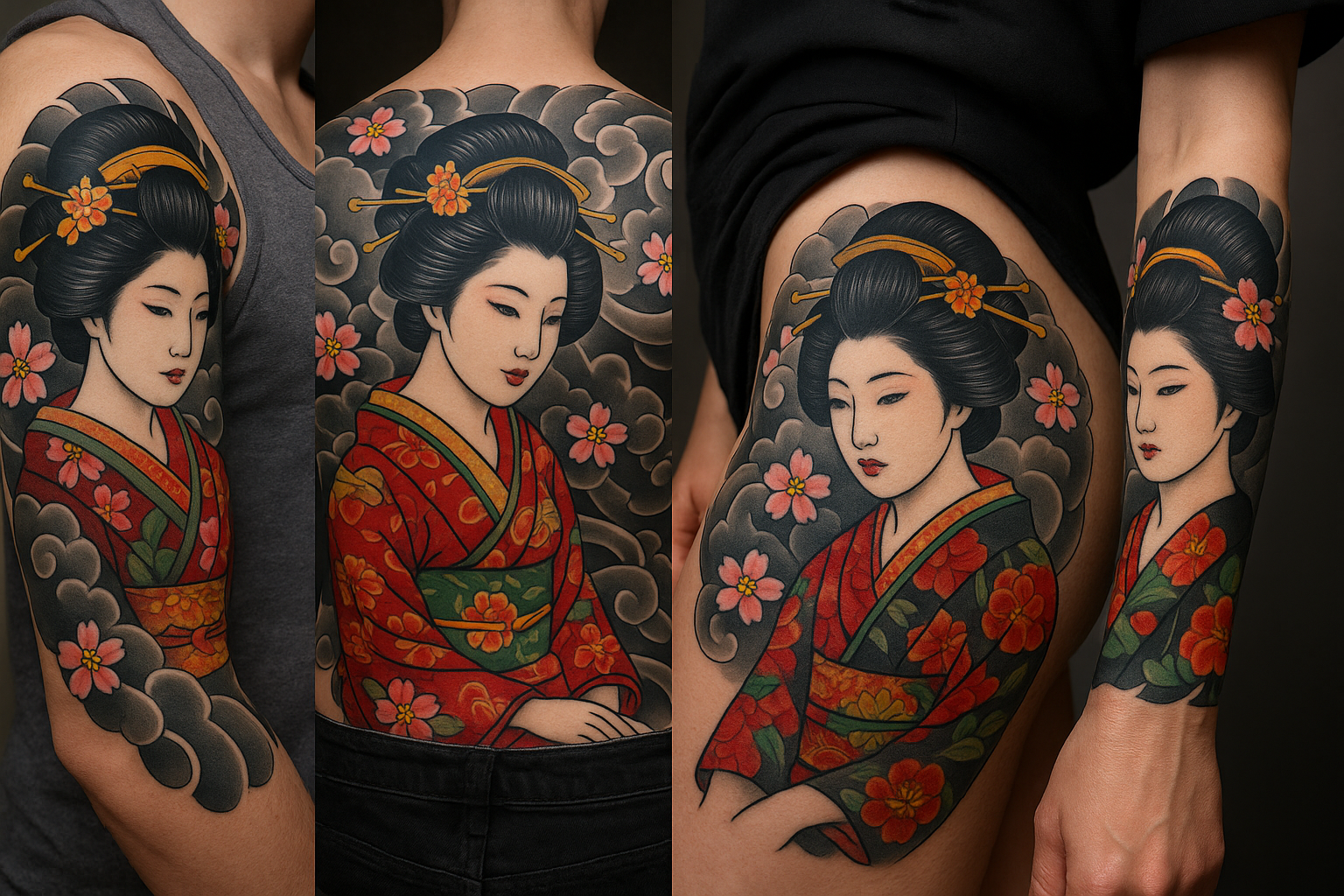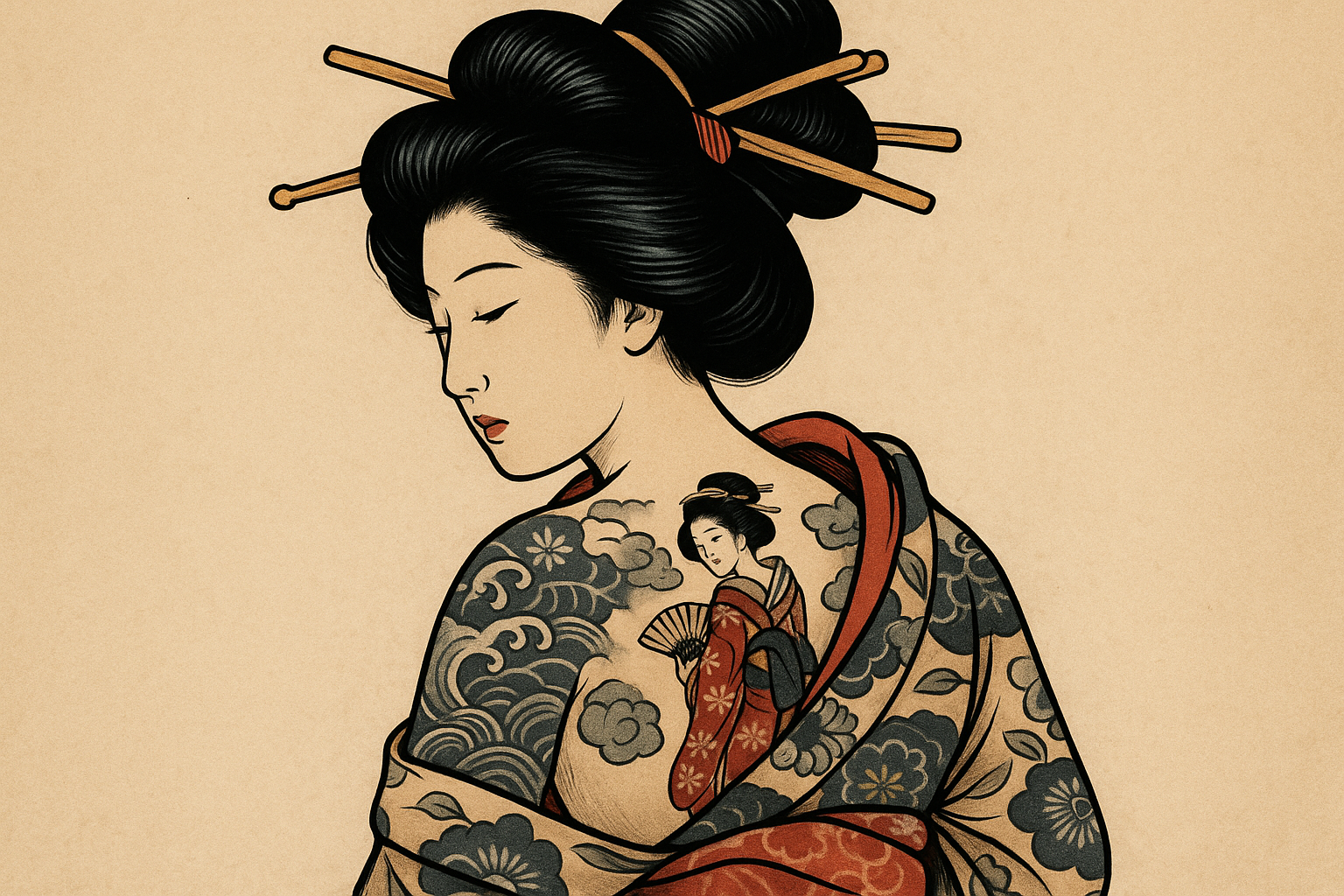Irezumi Tattoos for Women Reborn in Fire: Why Ink Is the New Power Statement
She didn’t get inked to be pretty.
She got inked to survive.
To mark the body they tried to erase.
To wear her rebirth on her skin — loud, unapologetic, and divine.
This is the story of irezumi tattoos for women who’ve burned — and risen harder than the fire that tried to claim them.
🔥 Irezumi: Not Just Ink, But Ancestral Armor
Irezumi is more than tattooing — it’s ritualized rebellion.
Born in ancient Japan, irezumi was once used to brand criminals. Then it was claimed by the outcast. The underground. The fearless.
And now?
It’s being reclaimed by women who’ve survived silence, shame, and systems built to keep them soft.
Geisha backpieces. Dragon ribs. Lotus thighs. Koi fish climbing over scar tissue.
These aren’t designs. They’re survival stories.
🖤 Why Women Choose Irezumi After Trauma
Because it’s permanent.
Because it hurts.
Because it says: “This body is mine again.”
Here’s what spiritual irezumi becomes after fire:
- A burial for the girl they tried to destroy
- A map back to her own body
- A sigil of power she doesn’t have to explain
“Some scars are internal. Irezumi makes them visible. Beautiful. Terrifying. True.”
🐉 The Symbols She’s Choosing — And Why They Matter
Every irezumi symbol has a pulse. A purpose. A past.
💥 Dragon – For the woman who no longer asks permission.
💧 Koi – For the one swimming upstream, always.
🌸 Sakura (Cherry Blossoms) – For the woman who bloomed anyway.
👘 Geisha – Not for submission — for mastery, erotic power, and defiance.
🦋 Peony – Beauty with danger. Soft petals, sharp silence.
🔥 Fire – Not destruction. Alchemy.
These aren’t random. Women are choosing them with ritual precision — to protect, provoke, reclaim.
🧿 Ink as Exorcism — And Seduction
There’s a reason irezumi often covers the back.
It’s not to hide.
It’s to guard.
To say: “Watch my six. Or don’t. Either way, I’m walking away stronger.”
When paired with sensual wear — mesh tops, lingerie, open backs — it becomes its own language:
- Not begging.
- Not confessing.
- Just commanding.
At In Vein®, our eroticwear meets ink.
Our tees are printed like body sigils — meant to whisper in dark rooms, shout on city streets, and drape across sacred wounds.
✊ Why Ink Is the New Power Statement for This Generation
Because women are done with silence.
Done with smiling through erasure.
Done hiding rage, scars, desire, memory, and muscle tone.
Irezumi isn’t trendy.
It’s ritual. Command. Resurrection.
Just like sacred lingerie. Just like survivalwear. Just like that low back tattoo that says,
“I’m not yours. I’m mine. And I always was.”
🔥 Wear It Before You Ink It
Not ready for a full backpiece?
Start with a symbol. A shirt. A line whispered in black cotton.
Here’s what In Vein® women are wearing while they prepare for their ink:
- “Seduce. Survive. Rise.” — The fire mantra tee
- “I Wear the Wounds You Couldn’t Kill” — For women marked by more than ink
- “Tie Me Up” — Geisha-inspired eroticwear for command, not surrender
Each shirt is a spell.
Each fabric? A sheath.
Each design? A declaration of survival in style.
🩸 Because sometimes you rise in flames. And sometimes? You rise in print.

